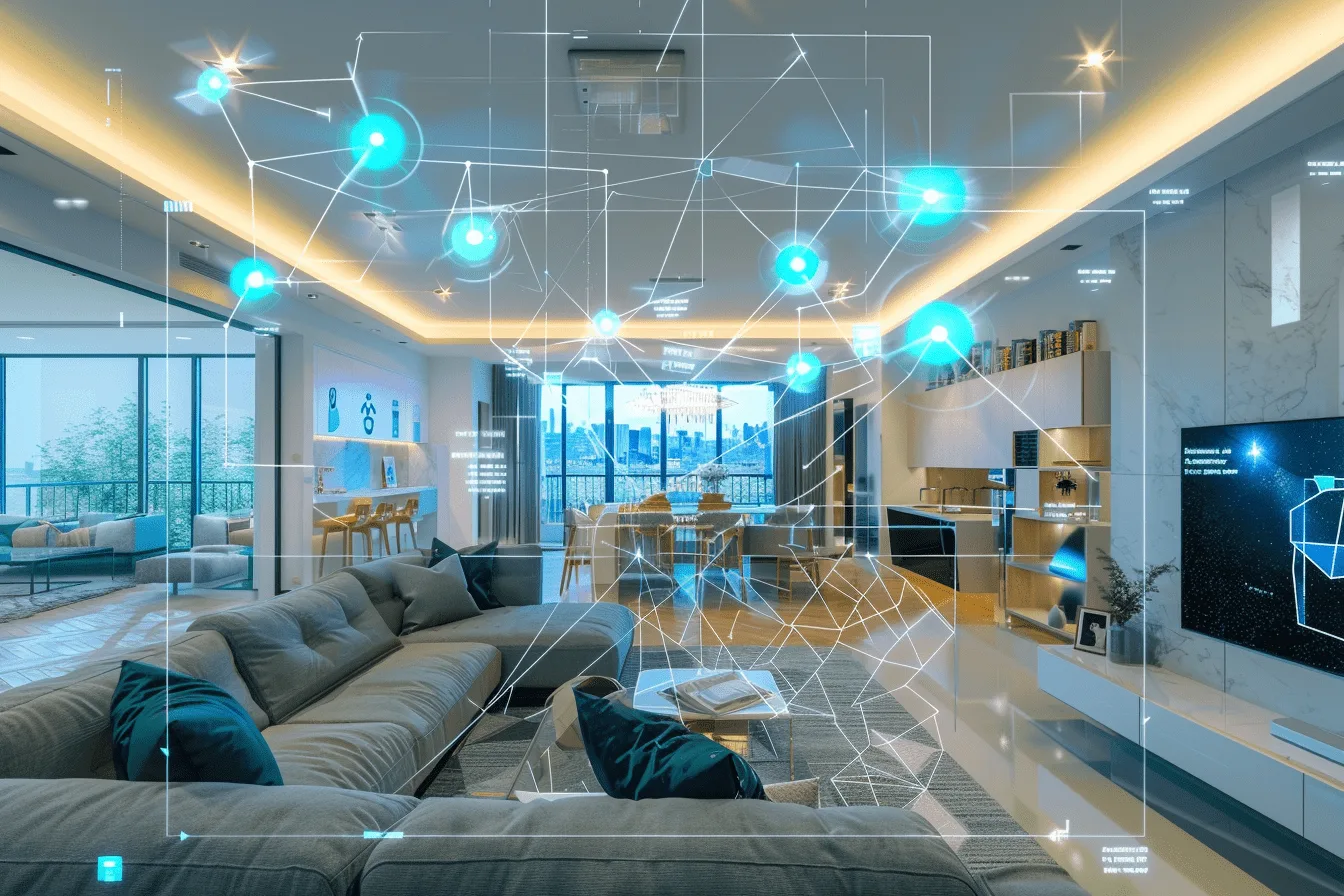The Internet of Things was once about connecting devices. Now, it’s about connecting environments.
Smart homes that dim your lights and adjust temperature are already old news. The next generation of IoT is building sentient spaces—environments that sense, think, and respond.
Imagine walking into an office that recognizes your stress levels via biometric sensors, adjusts lighting to calm your mind, and syncs your upcoming meetings to your mood.
Hospitals use sensor networks that detect infections before symptoms appear. Cities deploy AI-driven IoT grids that monitor pollution, manage energy, and reroute traffic in real time.

The core enabler? Edge AI—processing data locally, near the device, instead of relying on distant servers. This makes everything faster, more secure, and eerily intuitive.
But with great intelligence comes great intrusion. The more your environment “knows” about you, the thinner your privacy becomes.
The future of IoT will hinge not on what it can do—but on how much we’re willing to let it know.
The question is no longer whether the world will be smart, but whether it will be trustworthy.
News
The Ghost in the Machine: When Artificial Intelligence Starts Asking Who It Is
There’s a strange hum in the background of modern civilization. It’s the sound of millions of processors thinking — not…
Robotics Gets Emotional: The Quest to Build Machines That Feel
Robots can walk, talk, and even dance — but can they care?The next frontier of robotics isn’t physical dexterity; it’s…
The Age of Synthetic Life: Programming Biology Like Code
For billions of years, evolution shaped life through randomness. Now, humans are editing nature with precision. Synthetic biology is the…
Deepfake Nation: When Reality Itself Becomes Editable
In 2025, truth no longer needs to be destroyed — it just needs to be remixed.Deepfakes have evolved far beyond…
The Blockchain Beyond Crypto: The Quiet Revolution You Missed
Crypto made headlines — but blockchain’s real revolution was never the coins. It’s the infrastructure beneath them. Think of blockchain…
The AI Arms Race in Education: Learning Without Teachers?
In classrooms from California to Seoul, students are learning from something that isn’t human. AI tutors are grading essays, generating…
End of content
No more pages to load












